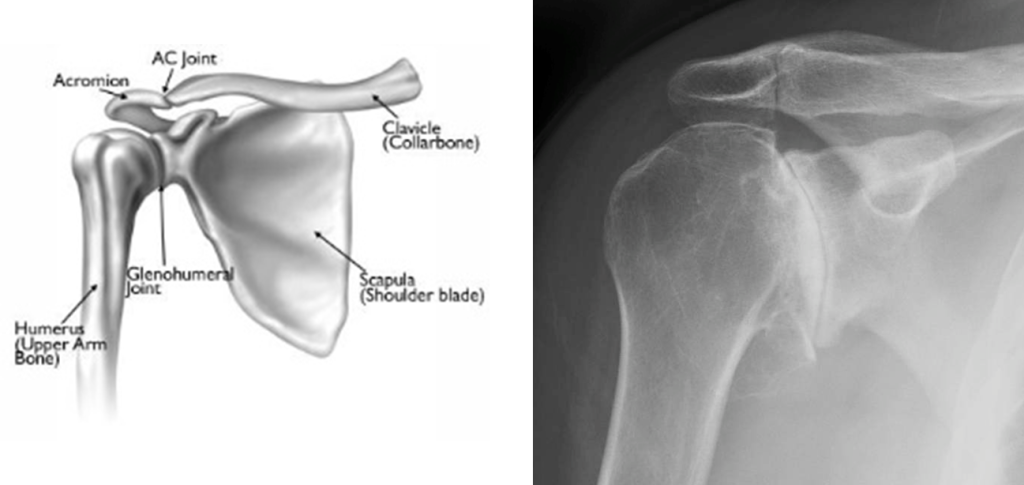The shoulder is very flexible because it is a ball-and-socket joint made up of three bones: the shoulder blade (scapula), the collarbone (clavicle), and the upper arm bone (humerus). It moves your arm in a variety of directions —...
The shoulder is very flexible because it is a ball-and-socket joint made up of three bones: the shoulder blade (scapula), the collarbone (clavicle), and the upper arm bone (humerus). It moves your arm in a variety of directions — in front, above, to the side, and behind your body. It is the most flexible joint in your entire body. This flexibility can make the shoulder prone to injury from overuse, repetitive motions, falls, or strain from excessive weight. Due to anatomic and physiologic changes related to the aging process, the shoulder is among the more common joints affected by active lifestyles. The symptoms of pain and soreness can be the same, whether the problem is related to an old injury or degenerative conditions such as arthritis. Initially, pain may limit usage but can progress to pain at rest and at night.

Several conditions can cause shoulder pain and disability, and lead patients to consider shoulder joint replacement surgery.
Osteoarthritis (Degenerative Joint Disease): This is an age-related “wear and tear” type of arthritis. It usually occurs in people 50 years of age and older, but may occur in younger people. The cartilage that cushions the bones of the shoulder softens and wears away. The bones then rub against one another. Over time, the shoulder joint slowly becomes stiff and painful. Unfortunately, there is currently no way to prevent the development of osteoarthritis.Rheumatoid Arthritis: This is an autoimmune disease in which the synovial membrane that surrounds the joint becomes inflamed and thickened. This chronic inflammation can damage the cartilage and eventually cause cartilage loss, pain, and stiffness. Rheumatoid arthritis is the most common form of a group of disorders termed “inflammatory arthropathies.”Post-traumatic Arthritis: This can follow a serious shoulder injury. Fractures of the bones that make up the shoulder or tears of the shoulder tendons or ligaments may damage the articular cartilage over time, or the damage can be so severe that the bones cannot be put back together. This causes shoulder pain and limits shoulder function, and may require a shoulder replacement.Rotator Cuff Tear Arthropathy: A patient with a very large, long-standing rotator cuff tear may develop cuff tear arthropathy. In this condition, the changes in the shoulder joint due to the rotator cuff tear may lead to arthritis and destruction of the joint cartilage.Avascular Necrosis (Osteonecrosis): Avascular necrosis is a painful condition that occurs when the blood supply to the bone is disrupted. Because bone cells die without a blood supply, osteonecrosis can ultimately cause destruction of the shoulder joint and lead to arthritis. Chronic steroid use, deep-sea diving, severe fracture of the shoulder, sickle cell disease, and heavy alcohol use are risk factors for avascular necrosis.Failed Previous Shoulder Replacement Surgery – Although uncommon, some shoulder replacements fail, most often because of implant loosening, wear, infection, and dislocation. When this occurs, a second joint replacement surgery — called a revision surgery — may be necessary.


